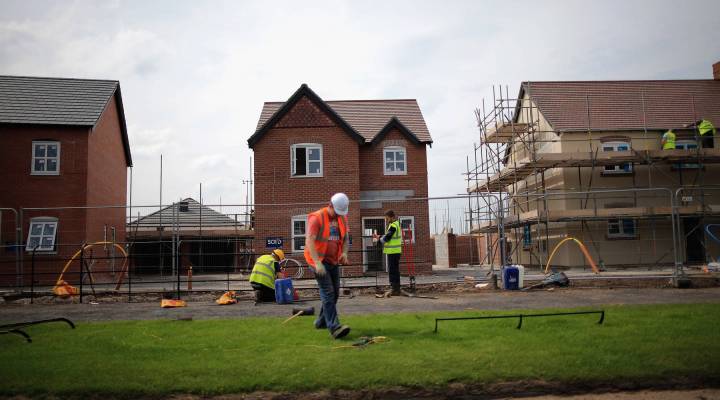
Low rates and heavy buyer demand send home sales surging
Share Now on:
Low rates and heavy buyer demand send home sales surging

Spurred by ultra-low mortgage rates, home buyers rushed last month to snap up a limited supply of existing houses, causing the pace of purchases to jump by a record-high 24.7%.
The July surge in sales reported Friday by the National Association of Realtors marked the second straight month of accelerating home purchases. The back-to-back increases have helped stabilize the home buying market, which all but froze early this spring when the viral pandemic erupted across the United States.
With July’s increase, to a seasonally adjusted annual rate of 5.86 million, purchases of existing homes are up 8.7% from a year ago. Near record-low mortgage rates have made homes more affordable for buyers, and many are acting to capitalize on them. The average rate on a 30-year fixed rate mortgage is now 2.99%, the mortgage buyer Freddie Mac said Thursday. A year ago, it was 3.55%.
The figures also point to a persistently unequal recovery: Many higher-paid white-collar workers, who have disproportionately kept their jobs and can work remotely, are able to buy homes, in some cases far from their employers’ headquarters.
By contrast, renters are more likely to work in lower-paying service jobs at restaurants, hotels, gyms, and hair salons, where layoffs have been rampant and their ability to pay rent is declining. The expiration of a federal moratorium on evictions has also raised their risk of losing their home.
In a few of the country’s most expensive housing markets — notably New York and San Francisco — real estate professionals say they’re seeing more people leaving high-priced city apartments to buy homes in outer suburbs. The loss of urban amenities and concern that the risk of infection is higher in denser areas may be contributing to that trend.
But nationally, an analysis by Zillow has found, urban and suburban areas are showing similar strength. Many suburbs are becoming hot home sellers’ markets, Zillow said, but so have many urban areas.
“There is some localized evidence of a softer urban market, particularly in the highest-priced markets, San Francisco and Manhattan, and an eye-catching divergence in sale prices, but no evidence of a widespread flight to suburban pastures,” said Jeff Tucker, an economist at Zillow.
“The primary issue in much of the country,” Tucker said, “is the inventory drought, both urban and suburban, that’s failing to meet the surprisingly robust demand from buyers eager to lock in record-low mortgage rates.”
There’s a lot happening in the world. Through it all, Marketplace is here for you.
You rely on Marketplace to break down the world’s events and tell you how it affects you in a fact-based, approachable way. We rely on your financial support to keep making that possible.
Your donation today powers the independent journalism that you rely on. For just $5/month, you can help sustain Marketplace so we can keep reporting on the things that matter to you.


















